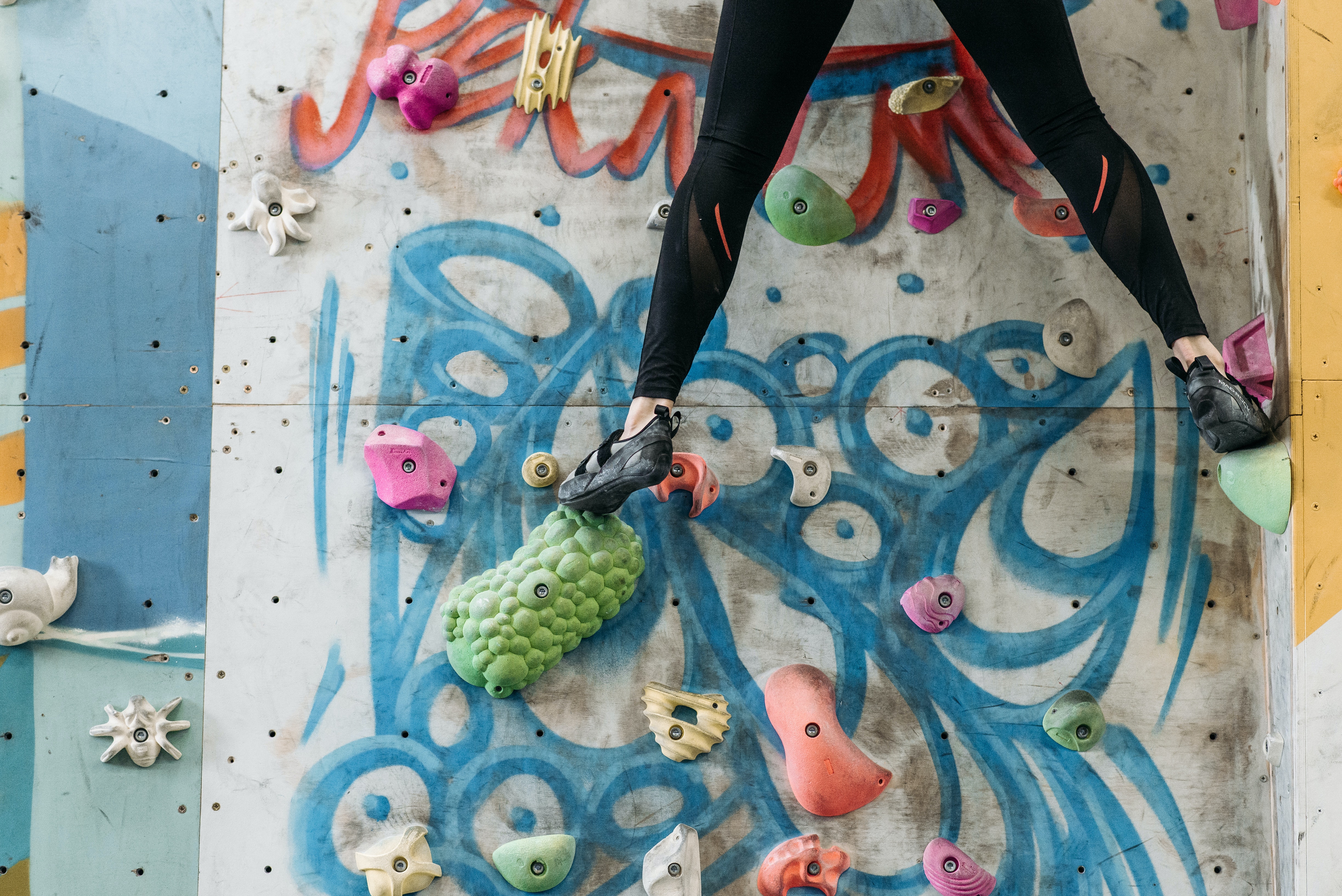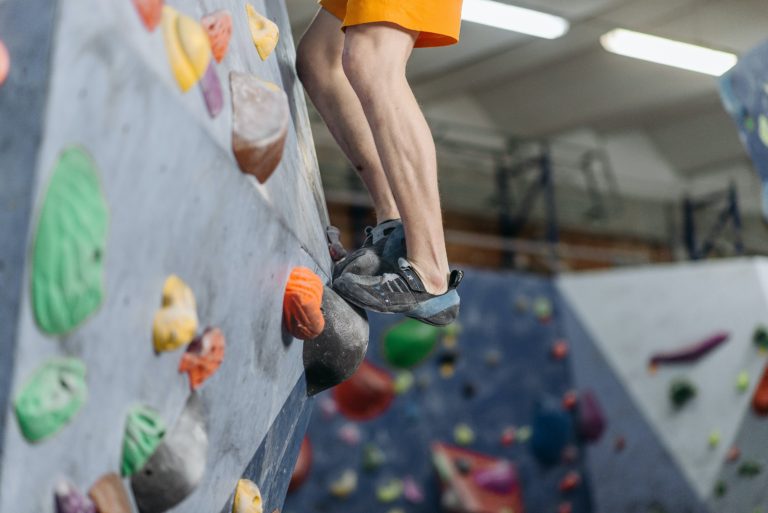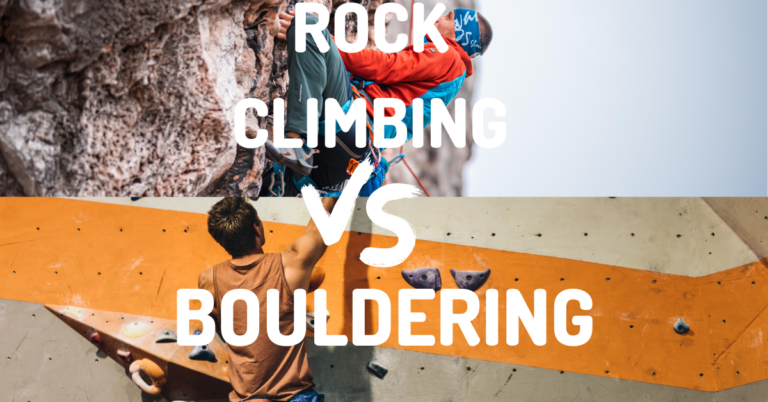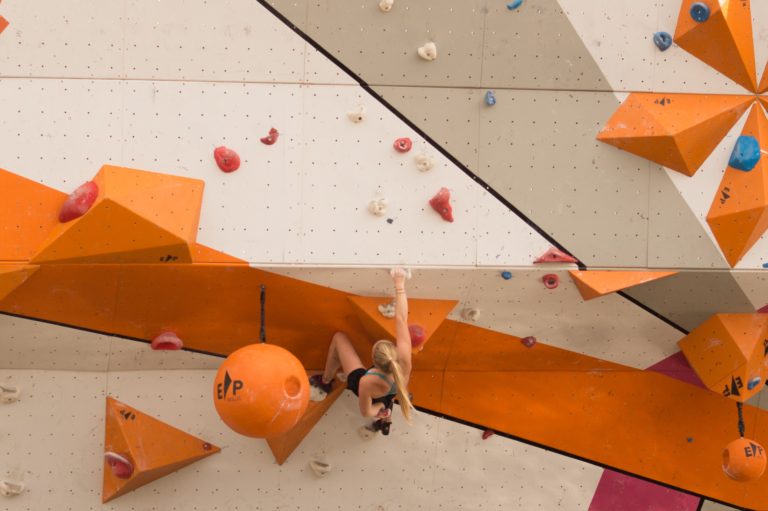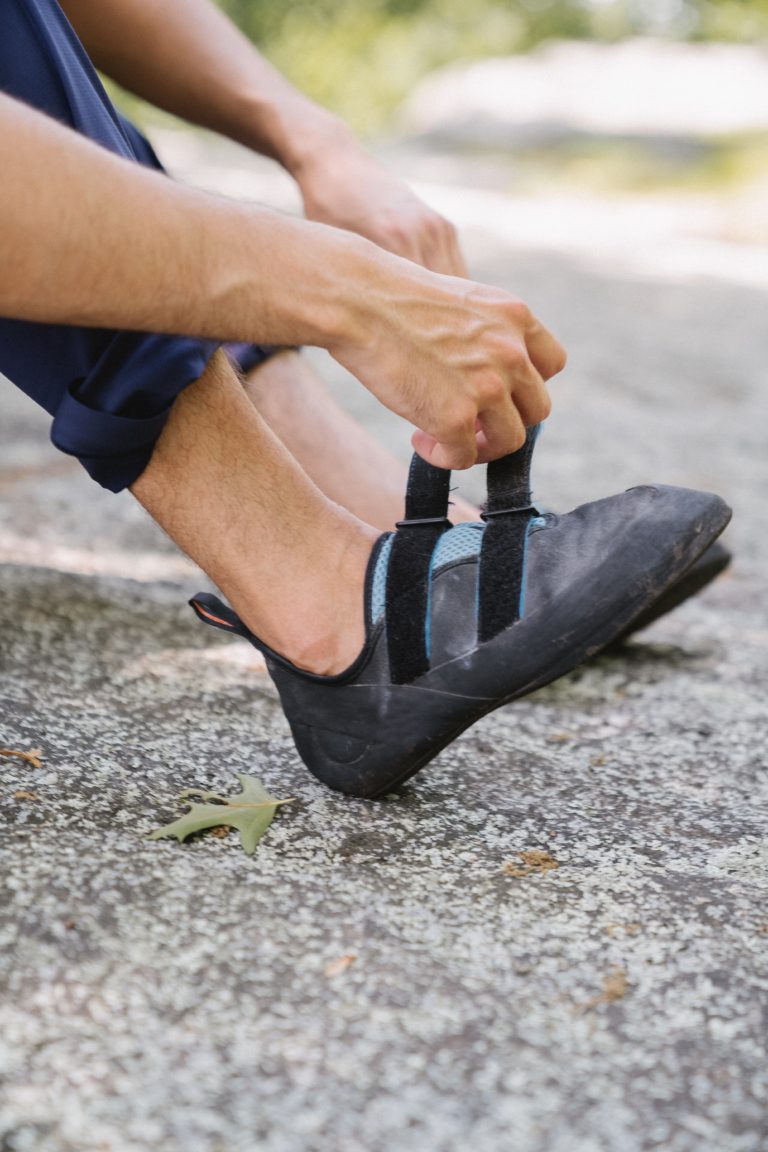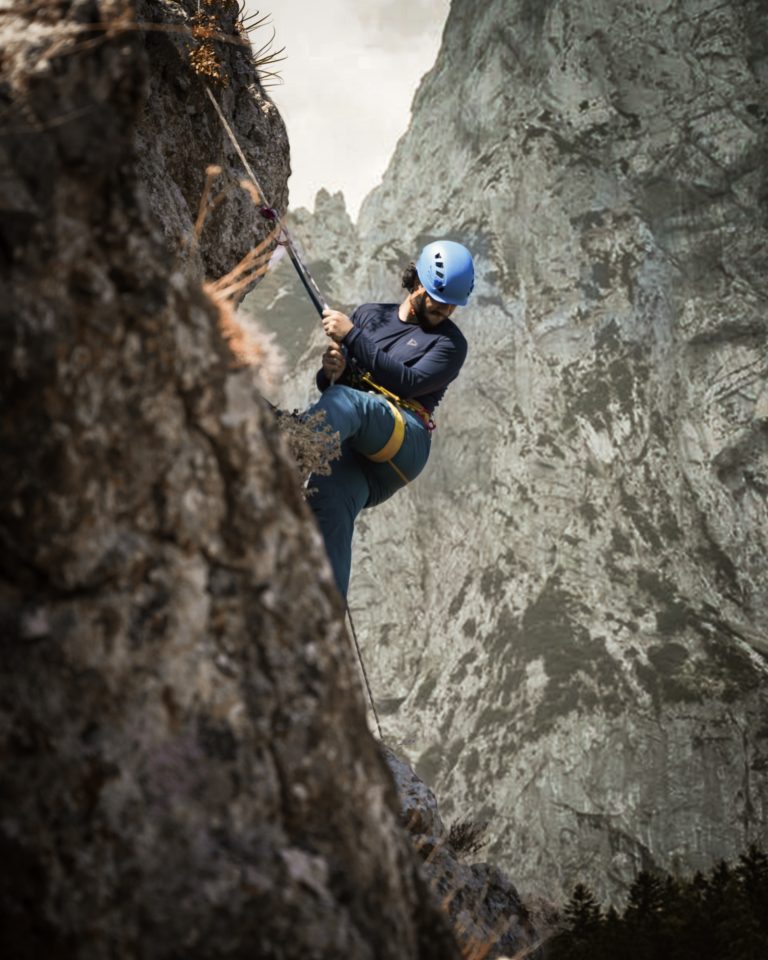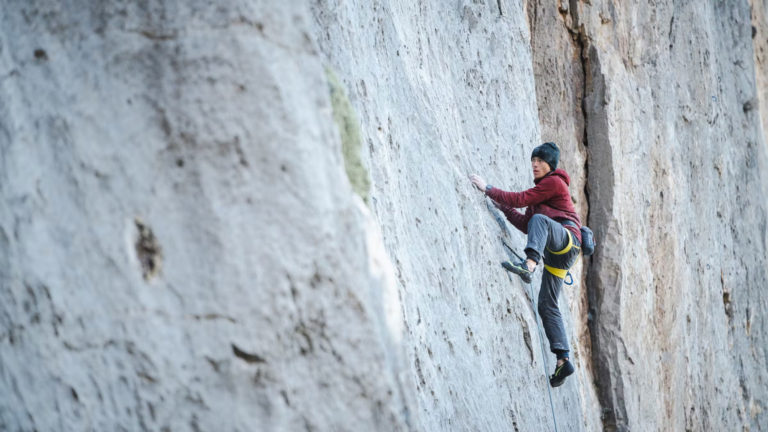If you’re a climber, then you know that having the right shoes is essential for success on the wall. But with so many options, how can you decide which climbing shoes are right for you? Read on to find out everything you need to know about picking the perfect pair of climbing shoes.
Should I size up on climbing shoes?
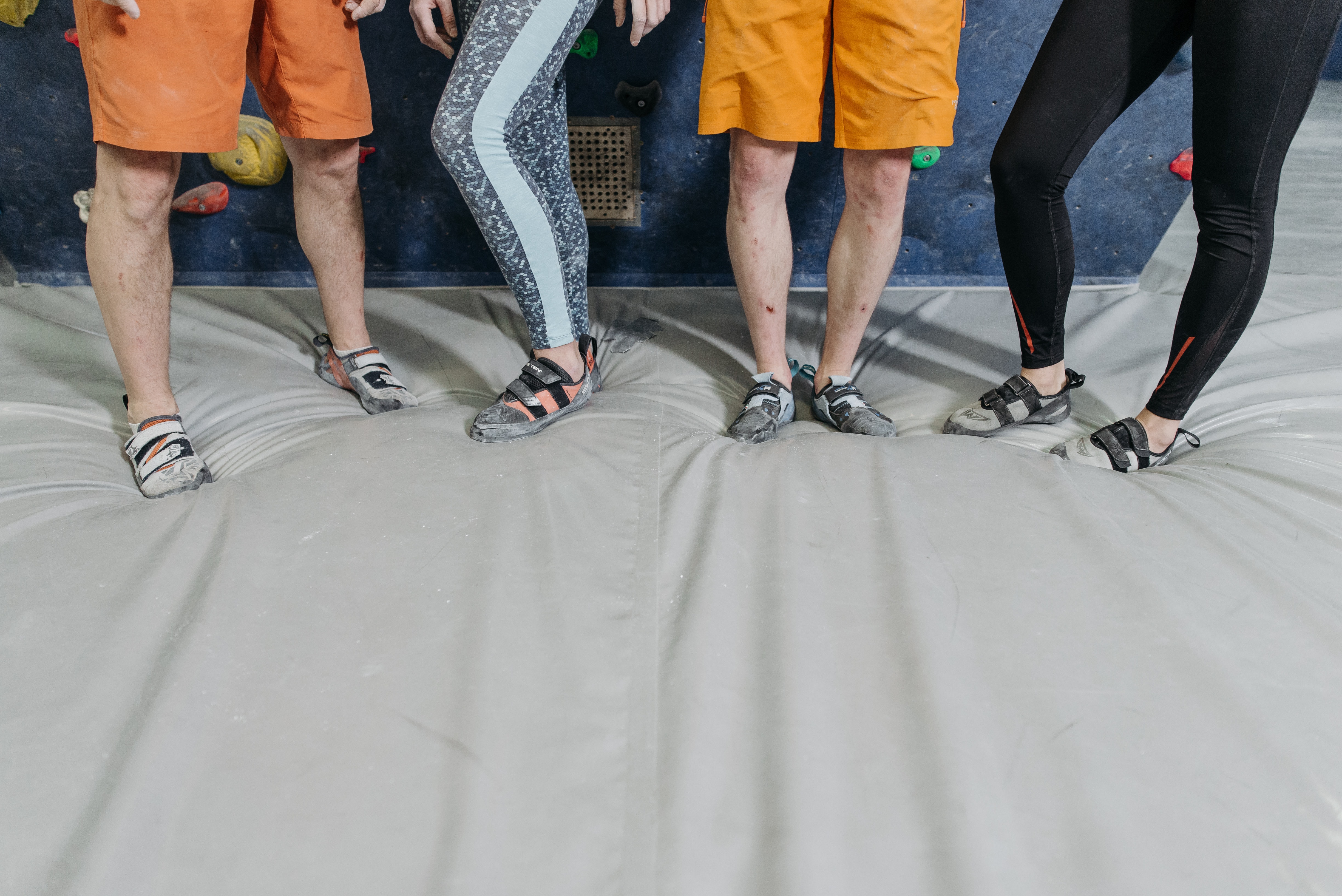
Sizing for climbing shoes can vary depending on the brand and model, as well as your personal preference for fit. In general, many climbers prefer a snug fit in their shoes to maximize precision and sensitivity while climbing.
That being said, if you find that your current climbing shoes are too tight and uncomfortable, sizing up could be a good option. Keep in mind that the shoes should still fit snugly and not have excessive space or gaps between your foot and the shoe. You want to avoid any excess material that could cause your foot to slide around or create discomfort while climbing.
Is it normal for new climbing shoes to hurt?
As a passionate climber, I understand that breaking in a new pair of climbing shoes can be quite a challenge, and experiencing some discomfort initially almost comes with the territory. Since climbing shoes are designed to provide a snug and tight fit for optimal grip and control, it’s not unusual for your feet to feel some pressure or even slight pain when you first wear them.
However, remember that proper fit is essential to avoid serious injury, so while a little tightness and soreness can be considered normal, it shouldn’t be unbearable. Give them some time and patience, and your climbing shoes should eventually mold to your feet, providing that perfect combination of comfort, support, and performance. If you do end up having a blister, we’d recommend using 2nd Skin!
Are you supposed to wear socks with climbing shoes?
Climbing shoes, an essential part of any climbing gear, are designed to provide the utmost grip, precision, and sensitivity while scaling those challenging rock walls. But does this mean we ought to wear socks with them? The climbing community seems to be divided on this matter. Some climbers believe that wearing socks adds extra cushion and reduces sweat, ultimately improving the shoe’s grip and reducing the chances of developing blisters. Here are some socks we’d recommend!
On the other hand, there are a bunch of climbers who scoff at the idea of wearing socks and argue that going sockless results in a better, more natural feel of the rock and greater foot control. So, the choice of whether or not to wear socks with climbing shoes really boils down to your personal preference and comfort. It might be helpful to try both options and see which one works best for you in terms of performance and coziness. After all, climbing is all about finding the perfect balance between strength and technique!
Climbing Shoe Fit
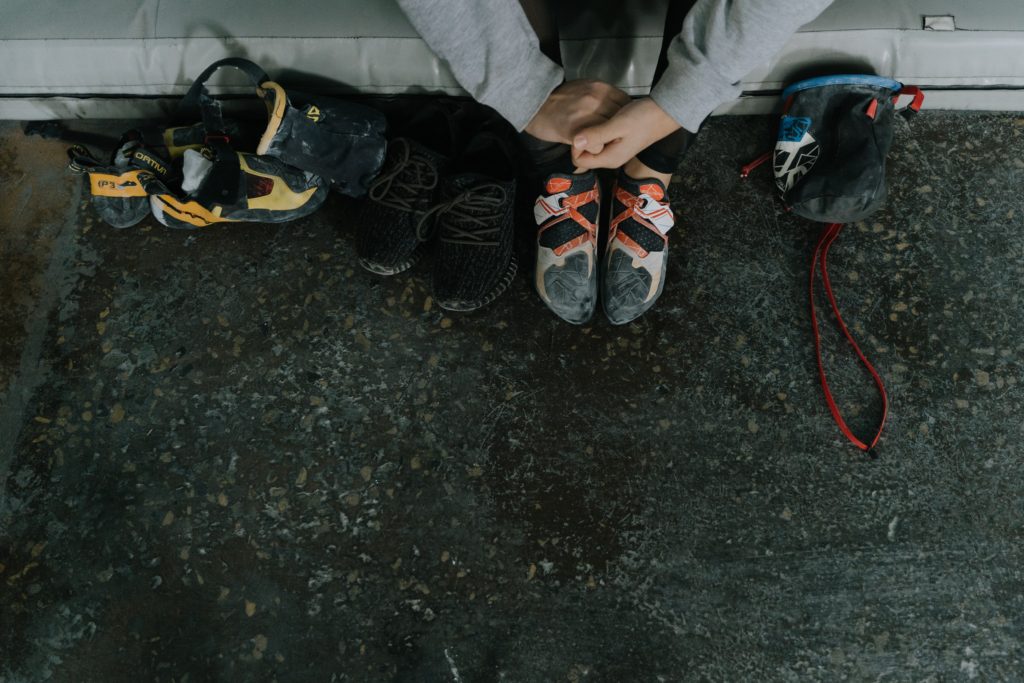
The most important thing when it comes to choosing a climbing shoe is fit. You want your climbing shoes to fit snugly but comfortably—they should be tight enough that your toes just barely touch the front of the shoe, but not so tight that they’re uncomfortable or painful. If your feet are slipping around in the shoe, then it’s too big; if your toes are curled up at the front, then it’s too small. In general, you want your toes flat against the front of the shoe and there should be no empty space around your foot when wearing them.
You also want to make sure that the heel cup fits snugly around your heel without any gaps. This will help keep your foot in place while you climb, providing maximum support and power transfer from foot to wall as well as preventing blisters or hotspots from forming due to excessive sliding. If you are looking for a more in depth article on how to fit your climbing shoes, we do have an article you can check out here!
Climbing Shoe Type
The type of climbing shoe you choose will depend on what kind of climbing activities you plan on doing—whether that’s bouldering, sport climbing, trad climbing or something else entirely. Different types of climbs require different types of shoes with different features and designs in order to provide adequate grip and protection for certain surfaces and angles of terrain. For example, a beginner climber may want a more comfortable, all-purpose style shoe for their first few trips outside; whereas an experienced climber might opt for an aggressive downturned style shoe designed specifically for overhangs or steep routes. If you need more clarity on the difference between bouldering and rock climbing, make sure to check out our article on Bouldering vs Rock Climbing: Pros and Cons.
Durability
Climbing shoes aren’t exactly cheap so it pays to invest in a pair that will last—look for shoes made from durable materials like leather uppers with rubber soles and stiff midsoles that can withstand abrasion without compromising comfort or performance. Also keep an eye out for reinforced toe caps and double stitching at stress points which can further increase a shoe’s lifespan. If you are looking to clean up your shoes, make sure to check out our article on How to Clean Climbing Shoes!
Wrapping Up
With all these considerations in mind, choosing the right climbing shoe doesn’t have to be difficult! Keep fit top-of-mind as well as what type of activity you’ll be doing most often; pick materials that will stand up against wear and tear; and don’t forget about features like toe caps and double stitching that can help extend a shoe’s life span even further. With this guide in hand (or rather on foot), finding the perfect pair of climbing shoes should be simple! Good luck!

